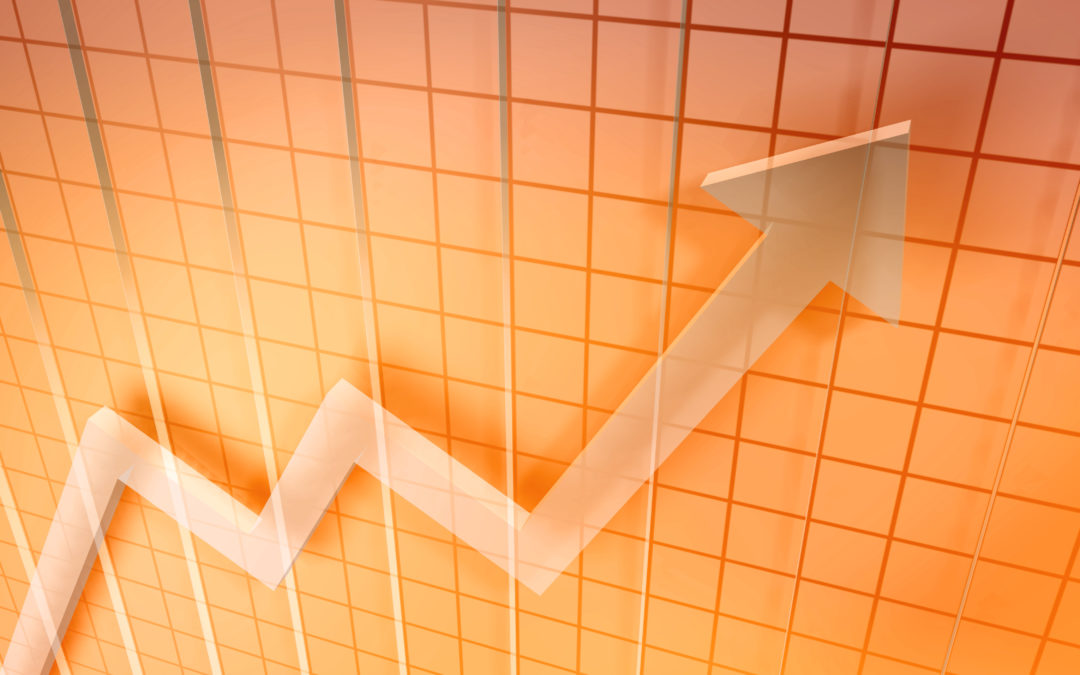UPS has announced its General Rate Increase (GRI) for 2022, the largest portion of which will take effect on December 26, 2021. UPS’ rates for UPS Air, Ground and International services will increase, on average, 5.9%, which matches FedEx’s increases on similar services.
Also, like FedEx, aspects of the GRI season begin earlier on the calendar, with UPS increasing its Fuel Surcharge by 1.0% effective November 15th. And, once again like FedEx, it’s the second increase in just the past few months.
UPS Freight rates will increase by 5.2% for Air Freight for the U.S. and to and from the U.S., Canada and Puerto Rico.
While the overall increase is announced at 5.9% for UPS Air, Ground and International services, as typical there are areas that bring larger areas of increase to certain shipment zones, services and sizes.
Lightweight ground and heavier overall packages will take larger-than-average increases, with the Ground Commercial Minimum increasing by 6.9%, Additional Handling Surcharges increasing up to nearly 14% and Large Package Surcharges increasing up to 16.67%. Even longer haul Ground packages from 6 to 11 lbs are coming it at greater than 7%.
On January 9th big changes come to both Delivery Area Surcharges (DAS) and the future of Peak Surcharges.
For DAS shipments, a new category of Delivery Area Surcharges is being introduced with the name US48 Remote. The existing Delivery Area Surcharge and Delivery Area Surcharge – Extended remain in effect, however as zip codes realign between the new zip code listings, 2,692 zip codes will now align under a new $12.00 charge for DAS Remote 48. Considering the previous surcharge for DAS Extended was $5.90 for Ground and Air, this is an increase of more than double. And one with no discounts applied due to its emergence as a new surcharge.
And finally on January 9th, 2022, UPS will change from being called Peak Surcharges to Demand Surcharges. It’s a nomenclature change that doesn’t bode well for shippers in the near and long term. While Peak Surcharges used to be temporary, so did Fuel Surcharges. Even General Rate Increases were not consistent many years ago. And while a General Rate Increase is not a surcharge, it does show an even earlier pattern of charges or increases of surcharges and rate increases moving from intermittent or temporary, to permanent. With the change in semantics from Peak, which is more associated with holiday shipping and, more recently Covid-19, to Demand, the change will soften the market to become more accepting of changes in fees based upon moving tiers of package volume that can apply to constantly moving factors.
More than ever, it is critical shippers review their specific rate increase impact. And during an incredibly busy peak, work to develop and deploy a strategy for mitigating increases in 2022.

